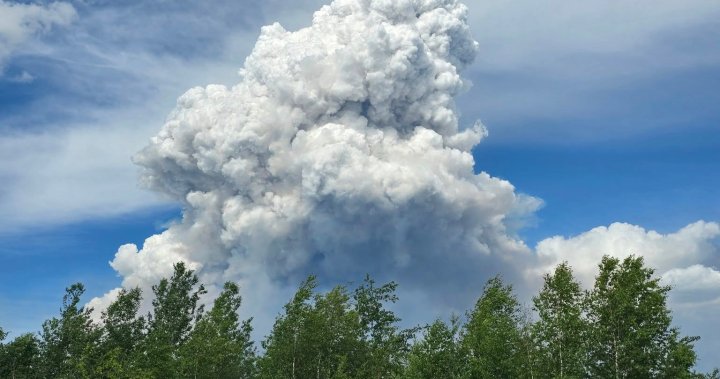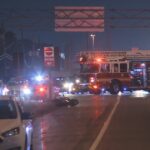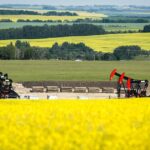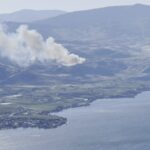A rapidly expanding wildfire in northern Saskatchewan has triggered mandatory evacuation orders for two communities as provincial emergency response teams scramble to relocate residents to safety. The blaze near Beauval and Lac La Plonge has intensified dramatically over the past 24 hours, forcing hundreds from their homes amid deteriorating air quality and advancing flames.
“We’ve never seen fire behavior this aggressive this early in the season,” said Regina Thompson, Saskatchewan Public Safety Agency spokesperson. “The combination of unusually dry conditions and strong winds has created a particularly dangerous situation for these northern communities.”
Authorities issued the mandatory evacuation order yesterday evening after fire suppression efforts failed to contain the wildfire’s northeastern advance. Emergency officials report that approximately 650 residents are affected by the evacuation orders, with temporary shelters established in Prince Albert and Meadow Lake to accommodate those displaced.
The Saskatchewan Public Safety Agency has deployed additional aircraft and firefighting personnel to combat the blaze, which has already consumed over 1,200 hectares of forested land. Provincial officials confirm that no structures have been damaged yet, though the fire’s proximity to critical infrastructure remains concerning.
Local resident James Morin described the tense situation: “We had about two hours to gather what we could and leave. The smoke was getting thicker by the minute, and you could see the orange glow on the horizon getting closer. It’s heartbreaking to leave not knowing if you’ll have a home to return to.”
Climate experts note this early-season wildfire activity follows a winter with below-average precipitation across much of northern Saskatchewan. “These conditions align with what climate models predict for the region,” said Dr. Elaine Courchene, climatologist at the University of Saskatchewan. “We’re seeing earlier fire seasons with more intense fire behavior as a direct result of changing climate patterns.”
Provincial officials are coordinating with Indigenous community leaders to ensure culturally appropriate support services are available at evacuation centers. Elder support, traditional food options, and mental health resources specific to Indigenous needs have been prioritized in the emergency response plan.
The Saskatchewan Health Authority has issued air quality warnings for communities downwind of the fire, advising residents with respiratory conditions to take additional precautions. Smoke plumes visible from satellite imagery show the extensive reach of air quality impacts beyond the immediate evacuation zone.
Provincial emergency management coordinator William Larocque emphasized the critical importance of following evacuation orders: “We understand the deep connection residents have to their homes and communities, but our priority must be preserving human life. The unpredictable nature of this wildfire means conditions can deteriorate rapidly.”
As firefighting efforts continue, authorities have established a unified command center in Meadow Lake to coordinate the multi-agency response. The province has also requested additional resources from neighboring Alberta and Manitoba as part of existing mutual aid agreements for wildfire response.
With forecasts predicting continued dry and windy conditions, how will northern Saskatchewan communities adapt to what appears to be an increasingly dangerous and prolonged wildfire season in the years ahead?
























